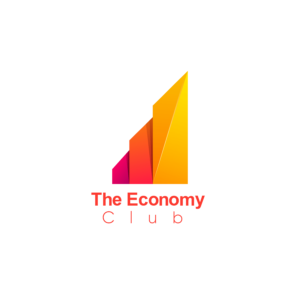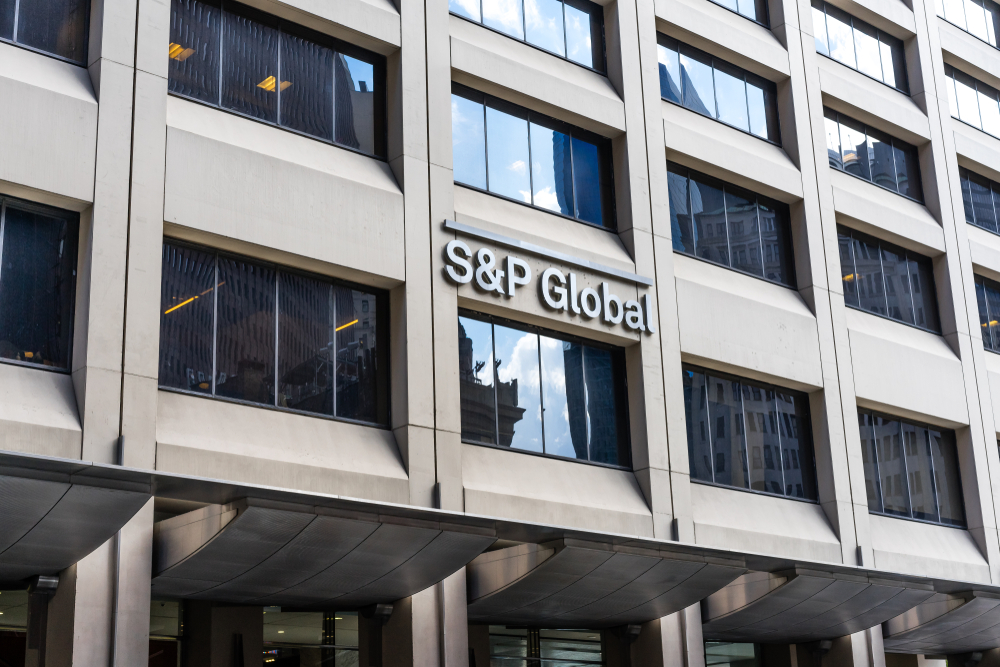The UAE Purchasing Managers’ Index fell slightly, by 0.2 points in April, according to S&P Global.
The headline index figure slipped to 54.6 from 54.8 points — this year’s highest level so far registered in both March and February.
“The index remained firmly above the 50.0 neutral mark to signal a robust improvement in the health of the non-oil sector,” S&P Global pointed out.
A solid level of activity growth in April was supported by improving client demand. Firms continued to benefit from increased new orders and project work. The expansion in activity was the fastest since December 2021.
Foreign new business rose the fastest since January 2021 and was marked by a sharp rise in exports.
At the same time, rising energy and material prices resulted in another noticeable increase in companies’ input costs, prompting firms to raise their selling charges for the first time since July 2021. Businesses started to transfer at least part of the additional cost burden onto their customers.
Employment numbers were reduced slightly in April as some companies made efforts to cut labour costs.
Limited staff capacity led to a further increase in backlogs of work.
Although businesses remained confident that sales growth will continue to boost output over the next 12 months, rising inflationary pressures, supply concerns and price-led competition meant that the degree of confidence in future activity slipped to the weakest since December 2021, S&P Global pointed out.
S&P also noted that the UAE’s non-oil companies maintained robust growth in April, supported by improving client demand and a sharp rise in exports.
The seasonally adjusted S&P Global UAE Purchasing Managers’ Index slipped slightly to a three-month low of 54.6 in April, from 54.8 in March.
S&P Global revealed that the index which firmly remains above the 50.0 neutral mark is a strong indication of robust growth in the non-oil sector.
“For now, businesses continue to enjoy strong sales growth, which allowed them to increase their output at the fastest rate in 2022 so far in April. On the flip side, optimism around future activity slipped to a four-month low, as some firms expressed concerns that inflationary pressures and the competitive landscape will make output and profit gains harder to achieve,” said David Owen, an economist at S&P Global.
The employment sub-index, however, slipped fractionally in April as some companies reported efforts to cut labor costs.

